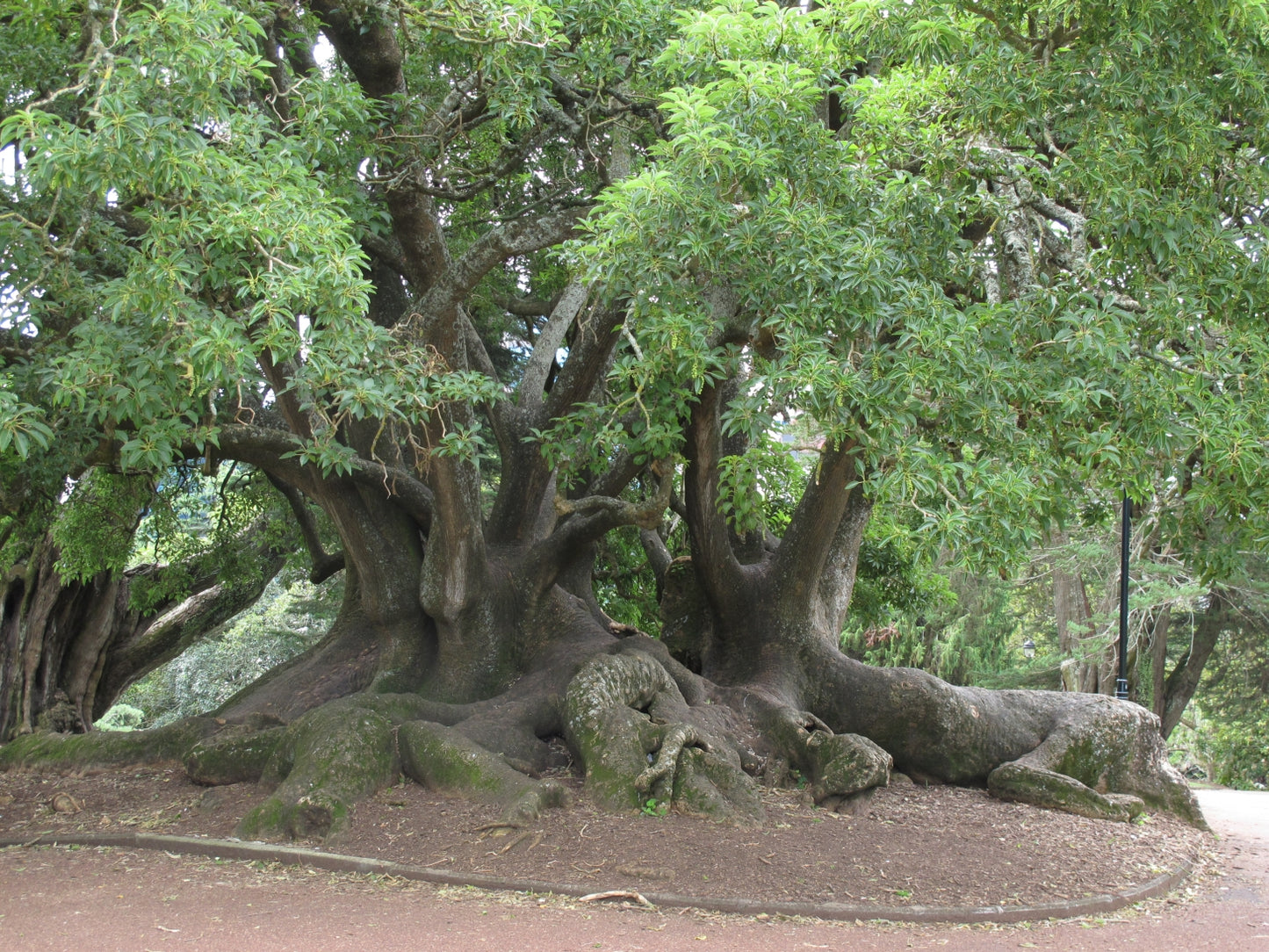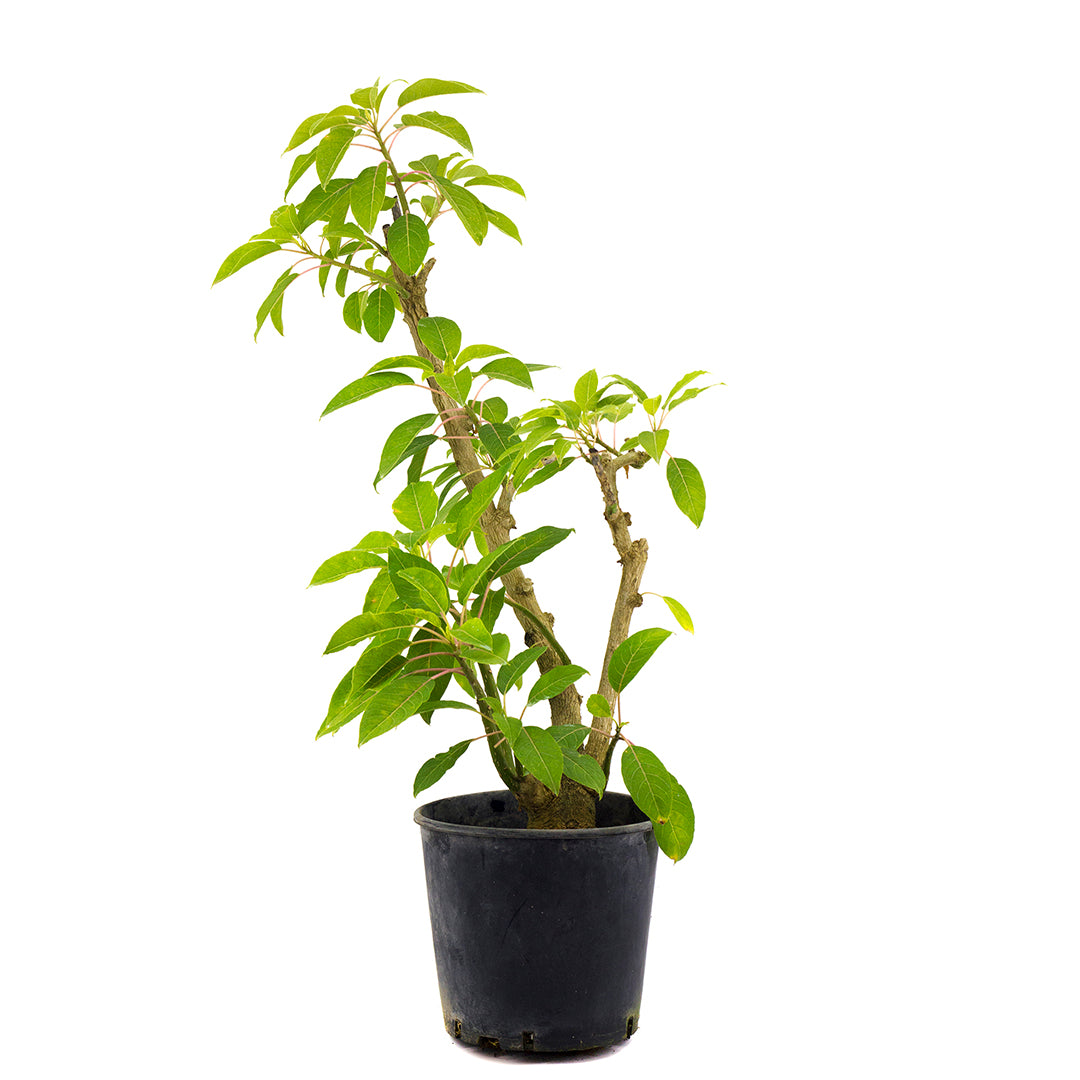1
/
of
3
Vivai Mola della Abbadia srl
Phytolacca dioica - phytolacca, cremesina arborea (Pot 24 cm)
Phytolacca dioica - phytolacca, cremesina arborea (Pot 24 cm)
Altezza della pianta: 60-80cm
Spedizioni per questo prodotto a partire da €14,90 ?
Per gli ordini che contengono
Vasi grandi e
Vasi XL si applica una tariffa aggiuntiva sulla spedizione: trovi
qui tutte le informazioni.
Se vuoi ottenere le spedizioni gratuite a partire da €69,90 assicurati di non inserire nel tuo carrello Vasi grandi e Vasi XL
Regular price
€105,07 EUR
Regular price
Sale price
€105,07 EUR
Unit price
/
per
Taxes included.
Shipping calculated at checkout.
Out of stock
Couldn't load pickup availability
Genus of about 25 species of perennials, shrubs and trees of meadows and open woodlands in the tropical and subtropical areas of Africa, Asia and North and South America. Phytolacca dioica is an impressive semi-deciduous tree, fast growing up to to 20 m, with large and expanded foliage that can reach 15-30 m in diameter. It is a particularly long-lived species whose age is however difficult to demonstrate since the wood has no annual rings. Even though it is a large plant, in reality this species is a large herbaceous plant with stems and trunks that do not lignify but are fibrous and watery. Due to this characteristic, it is a fireproof plant that cannot catch fire. In adult plants, near the stem, numerous and robust gnarled roots emerge from the ground which resemble the tentacles of an octopus clinging to the ground. The trunk, short and stocky, divides into several branches up to 2 m wide. The leaves are alternate, ovate-lanceolate, mucronate at the apex, green with reddish midrib, petiolate. The flowers, unisexual on distinct plants, are small, yellowish-white, gathered in pendulous clusters; the male ones have 20-30 stamens, the female ones have an ovary of 7-10 welded carpels. The fruits are fleshy, fragrant berries, brown in color when ripe. It flowers between spring and summer.
Pedoclimatic needs
It adapts to all soils as long as they are loose and well drained. Dry-resistant plant, prefers sunny exposures and is particularly resistant to wind and salt. A non-rustic plant, it can be grown outdoors in climates where temperatures do not drop below -2°/-4°C for short periods. It is grown as a shade tree due to its imposing shape, expanded foliage and long-lasting foliage. You can also create rows to create windbreaks and protect gardens near the sea from saltiness. This species is rarely attacked by animal parasites. As already mentioned, the plant shows a very notable resistance to fire because its tissues are particularly rich in water (over 80% in the branches and stem); this means that while the green parts do not burn, the dry ones do not emit flames. In Italy, the species has gone wild on the island of Salina.Botanical Information
Botanical Name: Phytolacca dioica
Family: Phytolaccaceae
Se ordini questa pianta in inverno, tieni a mente che potrebbe apparire diversamente rispetto a come è mostrata in fotografia. Quest'illustrazione può aiutarti a capire come riceverai la tua pianta nei mesi invernali.

Share




